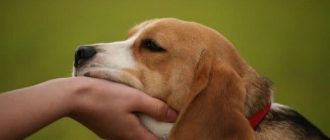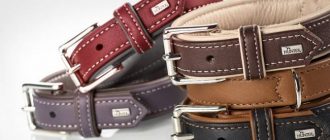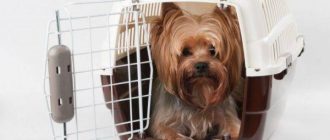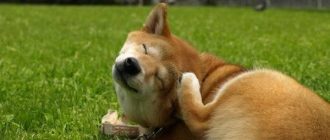One-time urinary incontinence in a dog may occur due to commonplace a surge of emotions, for example, when a beloved host returned home after a long absence. But chronic or frequent incontinence – signal about the problem, so it’s important to know what exactly can contribute to the appearance of puddles on the floor, furniture, carpets.
Why is dog incontinence?
Contents
First, we list the harmless causes of incontinence in dogs. К ним относятся: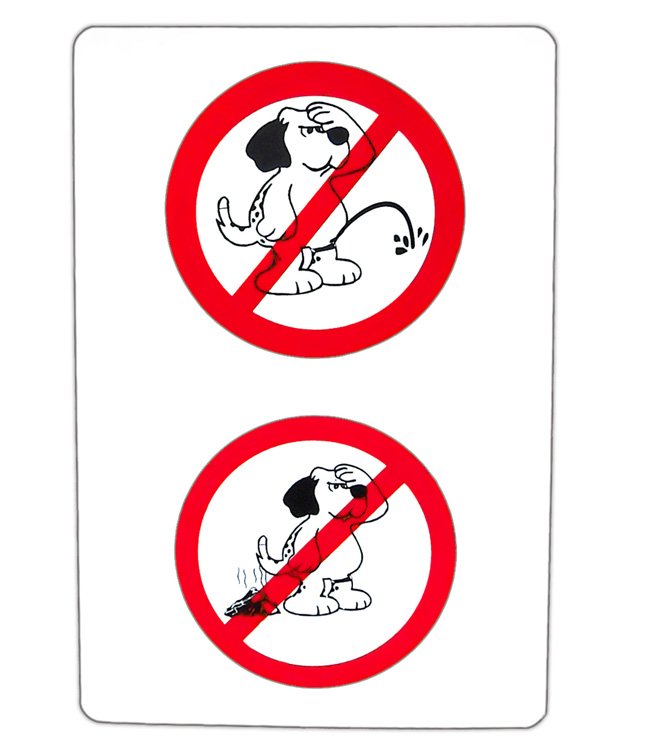
- Сильная эмоциональная вспышка – когда животноеexperiencing fear, joy, fear, then an involuntary one-time urine output is understandable and permissible;
- Labels to indicate your territory – similar behavior is observed in both dog-boys (most often) and in the fair sex. Especially often puddles can be during estrus in females, as well as in males who feel that nearby there is a “lady” who is ready for mating;
- Puddles in unacceptable places as revenge on the master – sometimes dogs consciously write where it is impossible to annoy to the owner, if he screamed or punished;
- Uncleanliness – usually dogs relieve need or need walking time, or pee in the tray. But there are animals that periodically neglected toilet rules, making puddles where impatiently. As a rule, dogs whose owner does not too interested in the proper education of the pet;
- Age-related changes – the old dog weakens the muscles of the bladder, which leads to incontinence;
- Congenital incontinence – dogs of any age can be pathology of the genitourinary organs, which leads to leakage urine.
When is dog urinary incontinence dangerous?
And what if incontinence fails to explain the reasons listed above? Unfortunately, sometimes the problem may быть вызвана следующими недугами:
- Сильное нервное расстройство – если животное, пережившееfright or tragedy, constantly written, the reason may be stress. In addition to incontinence, the animal will have such symptoms: agitation (manifested in constant search and “removal” non-existent fleas, active movement around the apartment back and forth, loud causeless barking, ignoring commands), apathy (dog lies indifferently in one pose, does not want to eat, nor walk, nor play, while walking the animal plaintively tightens its tail and ears). Sometimes it is possible to remove the dog from a serious condition by moderate physical loads, kind and private communication. Sometimes you may need antidepressants. It’s important not to punish a dog that clearly leads unusual, and find out the cause of stress;
- Uterine ectopia – direct connection of the ureters with the urethra, although normally the urine enters the bladder, and only then into the urethra. Urine with ectopia flows involuntarily, and the dog does not can control the process. Incontinence with such a problem is only a little nuisance, as often in dogs with ectopia ureters develop serious urogenital diseases: vaginitis, orchitis, epididymide and others. Often sick individuals barren. Pills and injections do not eliminate this problem antibiotics can only help prevent infections. The only way out is an operation to introduce the ureters into the correct position;
- Polydipsia – indefatigable consumption of water by a dog, usually by the cause of a malfunction in the brain and kidneys. If the animal is now and then empties a bowl of water or seeks to quench thirst after drinking from a puddle or a reservoir, it can be caused by a malfunction in the pituitary gland, causing the production of antidiuretic hormone, allowing the kidneys to produce urine. It is not surprising that during sleep or wakefulness in a dog with polydipsia may have incontinence. Often polydipsia can only be the cause of some dangerous diseases. So, brain tumors, problems with thyroid gland, renal nephrosis, diabetes. Dog is prescribed treatment based on blood and urine tests, when the exact the cause of increased thirst and incontinence;
- Cystitis is an inflammation of the bladder (or urethra). Bacterial infections can lead to a similar problem, parasites, allergies, oncology, kidney disease. But most often cystitis it is bacteria that provoke. In addition to incontinence with such the disease in dogs has the following symptoms: pain with urination (the animal whines piteously, sitting down low), decreased appetite, blood, or clots of mucus in the urine (or similar discharge in the genital area). Based on the research, the doctor prescribes antibiotics to the animal (if the cause of cystitis lies in bacterial infection), antispasmodics and analgesics;
- Complications after sterilization – sometimes in dogs after such operations, weakening of the muscles of the genitourinary system and urinary tract sphincter as a result of hormonal disorders Most often, dog incontinence after sterilization occurs 4-6 months after surgical interventions. In this case, urine may be released involuntarily as occasionally (for example, during periods of arousal), and daily. Treatment involves both medical methods (drugs for strengthening the sphincter), as well as muscle recovery operations, responsible for urine excretion;
- Urolithiasis – ailment caused by education stones and sand in the urinary system due to bacterial and viral infections, malnutrition, small activity. In addition to ICD incontinence, dogs can experience pain during urination, blood in the urine, apathy and refusal to eat, thirst. ICD treatment involves the introduction of an animal anti-inflammatory drugs and antispasmodics, antibiotics, washing the bladder; introducing dog food into the diet urolithiasis.
How to treat dog urinary incontinence?
As we explained above, pet urinary incontinence can be caused a number of reasons, some of them quite serious. So, if incontinence is detected, proceed as follows:
- Try to determine what could provoke a problem. If an animal, for example, made a puddle on the floor after visiting the veterinary clinic, there’s nothing to worry about (doggie just a little nervous). But if the animal is clearly unwell (pain, plaintive screeching, refusal to eat, etc.), then have to urgently consult a specialist;
- To understand why a dog has urinary incontinence, it will take take urine and blood tests, do an ultrasound scan and X-ray studies. For diagnosis, it is important to report specialist about all the disturbing symptoms that accompanied incontinence;
- If the animal has incontinence due to illness or complications after surgery, then neither swearing nor more beating is unacceptable. Educational measures will not help either. The only way out is to go to the veterinary clinic;
- To save furniture from the unpleasant smell of urine and stains will help dog diapers. However, this does not preclude see a doctor.

